The biggest advantage of galvanizing components or the body of the vehicle is that it offers optimal protection against rust. Automobile manufacturers are also aware of this. With higher quality vehicles, there is the possibility that they are completely galvanized ex works. However, this is far from the rule for cheap vehicles and especially for individual components, even in the current time. Under certain circumstances, components and even the body can be galvanized afterwards. Starting from the simple zinc spray up to "real" galvanizing. It is particularly advantageous on parts of the body because it is most exposed to the environmental conditions and therefore very susceptible to rust.
Examples of galvanized components
Hot-dip galvanized steel has proven to be excellent on special vehicles and expensive vehicle components. Agricultural vehicles and slurry tankers in agriculture are very good examples of hot-dip galvanized steel and durability. Even in snow removal vehicles, many components that have direct contact with snow and road salt are galvanized in advance or afterwards. It has been shown that hot-dip galvanized steel offers protection against corrosion, even under extreme conditions.
the different types of galvanizing
Galvanizing is not the same as galvanizing, because here too there are different processes that offer corresponding advantages and disadvantages. Examples include galvanizing, hot-dip galvanizing, electrolytic galvanizing, cold galvanizing, spin galvanizing, high-temperature galvanizing, the anodizing (Galvanizing), diffusion galvanizing, mechanical galvanizing, film galvanizing and many more.
Example of galvanizing
The main steps in galvanizing are as follows:
- First, greases, lubricants, grinding dust, oils, chips and other foreign bodies or agents are boiled in a hot pool at a temperature of approx. 70 ° C.
- The component is then rinsed off.
- Next, rust and scale are removed from the component by pickling. In some cases, this process may need to be repeated several times.
- The last small impurities are removed from the component by electrolytic degreasing, i.e. with electricity. Impurities are blown away by bubbles that are created during the process. Then galvanizing can occur.
- The component is rinsed again immediately before the galvanizing.
- The zinc is deposited on the material in the zinc bath using electricity. At the anode, zinc that is as pure as possible is dissolved in the salt water of the zinc basin by using electricity. The component serves as a cathode and is immersed in the zinc bath. The layer thickness is usually eight to twelve µm.
- At the end the component is rinsed.
In some cases, galvanizing is performed by chroming or passivation applied to increase corrosion protection. The zinc layer is wetted with metal salt solutions. A special form of passivation is thick film passivation, which offers a particularly high level of corrosion protection. After passivation or chromating has been carried out, the component must be rinsed again. The component is then dried. The process and the effect are similar to that Copper and everything can be found under the heading Electroplate be summarized.
We hope that you the info report on the topic / term Galvanizing (further names / keywords: thick film passivation, E-zinc, anodizing (galvanizing), hot-dip galvanizing, high-temperature galvanizing, cold galvanizing, alloy coating, metal finishing, passivation, rust protection (galvanizing), spin galvanizing, zinc electrolyte) from the field of autotuning. Our goal is that the largest German-language tuning dictionary (Tuning Wikipedia) and to explain tuning terms from A to Z easily and understandably. Almost every day we expand this lexicon and how far we are, you can HERE see. Soon the next one will be Tuning scene concept be illuminated by us. By the way, you will be informed about new topics if you have ours Feed subscribe to.
Below are a few examples from our tuning lexicon:
But of course tuningblog has countless other articles on the subject of cars & car tuning in stock. Do you want to see them all? Just click HERE and look around. We would also like to provide you with news aside from the tuning. In our category Tips, products, information & Co we pick up contributions from car or accessory manufacturers. And also our category Test sites, laws, offenses, information has almost daily new information for you. Here are a few topics from our tuning wiki:
|
Torn by hand: is it worth converting from automatic to manual switch? |
||
|
Convert wheel bolts to stud bolts = wheel fixed or wheel off! |
Make more durable with chic - copper-plating components on the car! |
"Tuningblog.eu" - we keep you up to date on the subject of car tuning and car styling with our tuning magazine and we present you the latest tuned vehicles from all over the world every day. It's best to subscribe to ours Feed and will automatically be informed as soon as there is something new about this post, and of course also to all other contributions.
 tuningblog.eu Your magazine about tuning the car
tuningblog.eu Your magazine about tuning the car
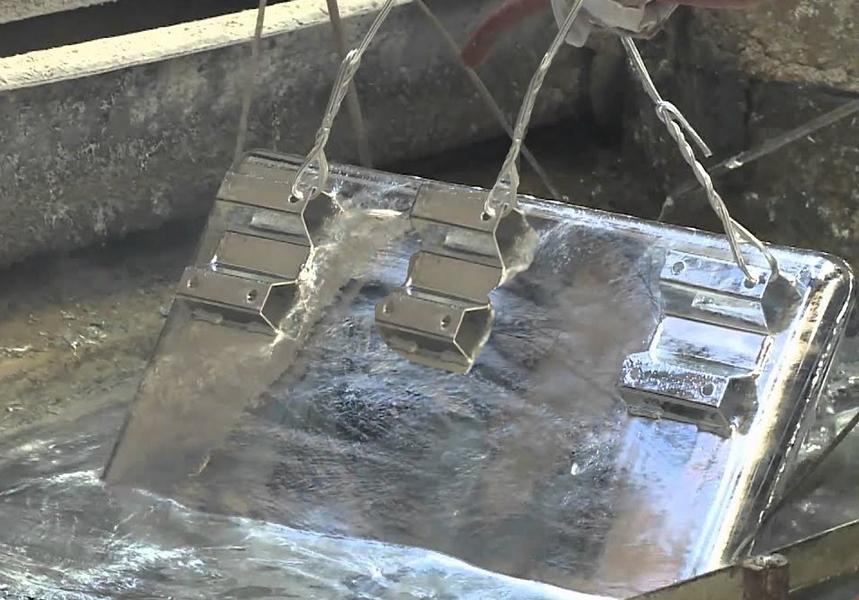
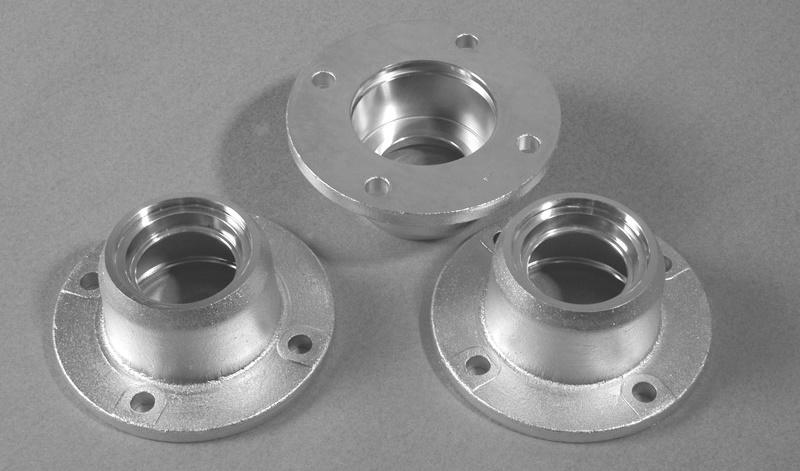
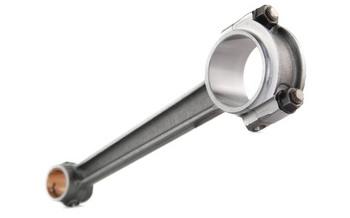
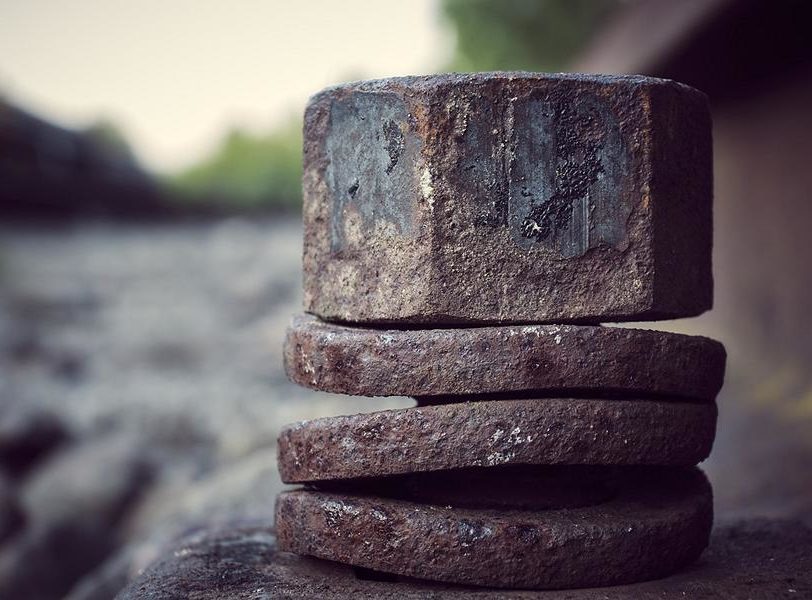
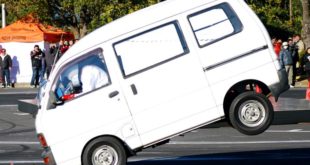
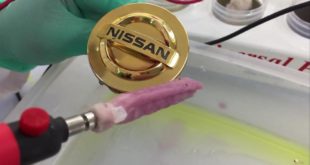
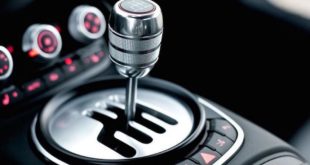
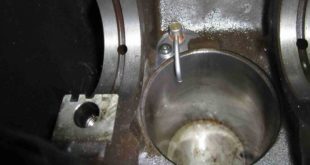
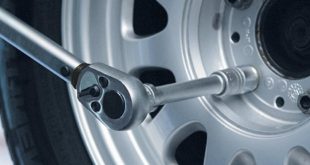
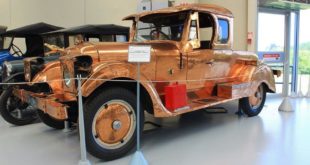
It is interesting that agricultural vehicles are always partly made of hot-dip galvanized steel. I would also like to have some components machined to allow the steel to last longer. Hopefully this week I'll find a specific expert to have the steel galvanized.